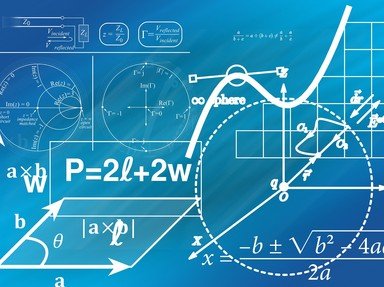Quiz Answer Key and Fun Facts
1. "Oh no! I am going to have to do my English essay at school. I've not got any time left now!" Johnny thought to himself, as he realised that he only had five minutes left before he had to leave for school. He gathered his books and put them into his bag before leaving. Johnny lives 10111111001m from school. How many metres from school does he live in the decimal, or base ten system? (All numbers in the question are binary numbers.)
2. Fortunately, Jack Blake had done his English essay the night before and left early that morning. Jack lives 2,512m from school, how far is that in binary?
3. A slight change to proceedings, could you tell me what 1110111101 + 1010101010 is equal to? Answers are in binary. (All numbers in the question are binary numbers.)
4. Now, could you tell me what 1110001110 + 1100110011 is? Answers are in decimal, or base ten. (All numbers in the question are binary numbers.)
5. Another change is in order. What is 11111101 - 11101010? Answers are in binary. (All numbers in the question are binary numbers.)
6. Could you please tell me what 11100101 - 11011010 is equal to. Answers are in decimal, or base ten. (All numbers in the question are binary numbers.)
7. Perhaps we should try some multiplying. Could you tell me what 101 x 11 is equal to. All answers are in binary. (All numbers in the question are binary numbers.)
8. Do you think that you could tell me what 1001 x 1010 is? All answers are in decimal, or base ten. (All numbers in the question are binary numbers.)
9. Now for our final change in proceedings, could you tell me what 1010111100 divided by 100 is? All answers are in binary. (All numbers in the question are binary numbers.)
10. Finally, could you tell me what 10000 divided by 1000 is? (All numbers in the question are binary numbers.) Please give your answer as a decimal, or base ten number!
Source: Author
DanielPoulson
This quiz was reviewed by FunTrivia editor
crisw before going online.
Any errors found in FunTrivia content are routinely corrected through our feedback system.
